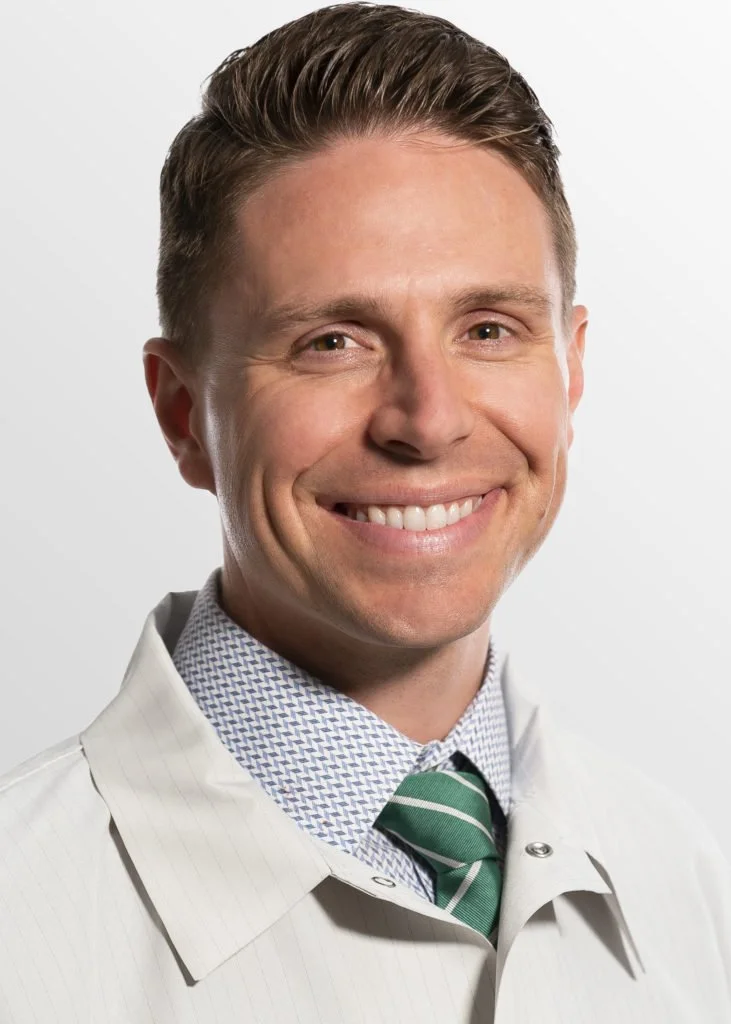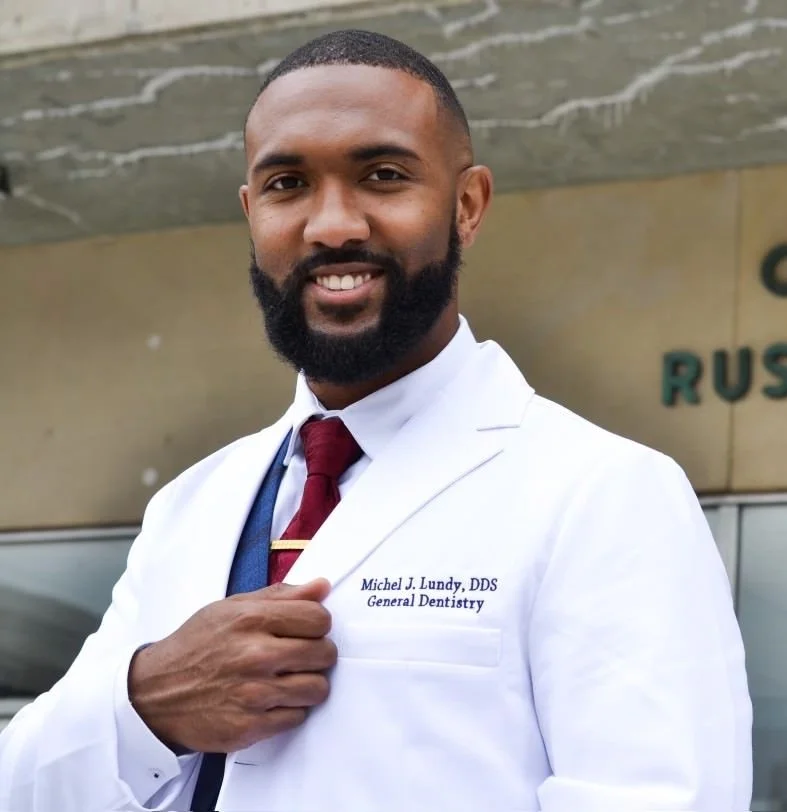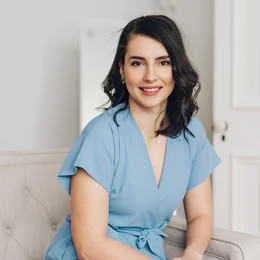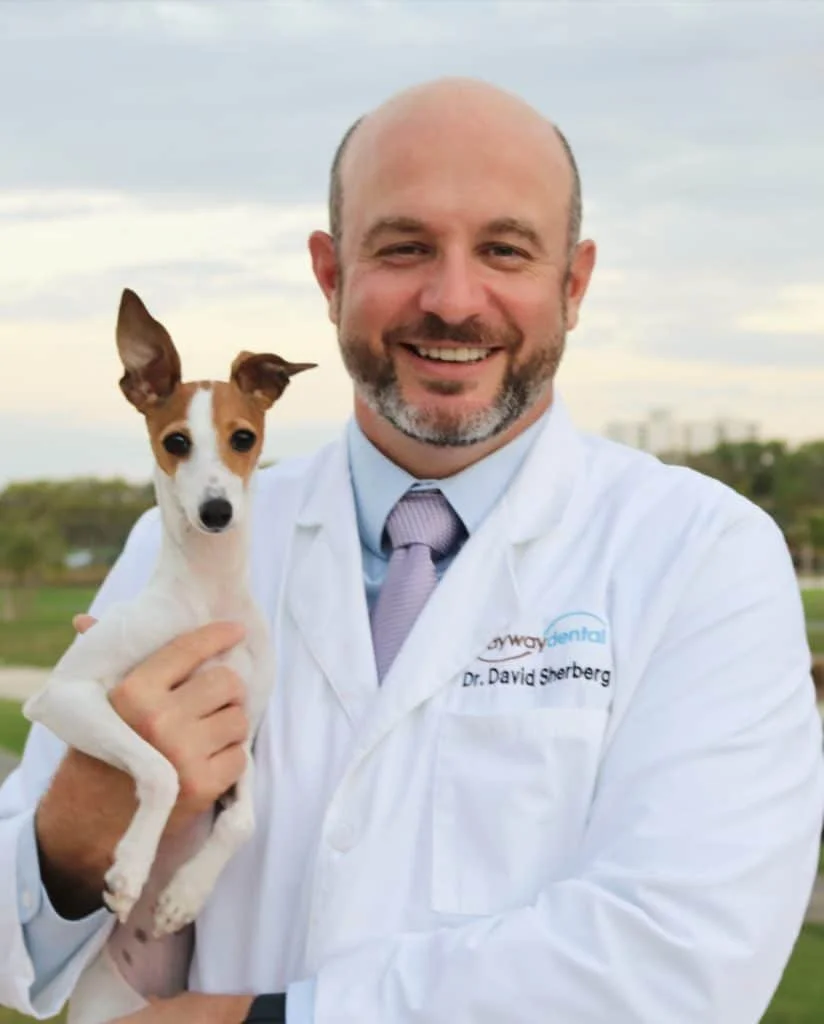ROI on Continuing Education can vary tremendously.
Since the “cost” of CE in money, time, and opportunity cost can add up, it seems prudent to seek a return. So, how can one maximize their ROI?
Part I: Choose CE Courses Wisely
First and foremost, seek the right CE. It’s important to choose a topic that will best serve you, your patients, and practice. It should serve you by improving your ability to care for your patients, help increase your confidence, help you enjoy your practice more, or even make you more profitable. It should serve your patients, in that they could benefit from the expanded scope of services or your improved delivery of them. And CE should serve your practice by improving you and your team’s enjoyment of our profession and/or improving profitability.
It is also important to choose a specific education program that will be in a format that will best help you learn and implement the procedure or area of focus. Some people learn best from reading, some prefer lectures, some enjoy over the shoulder, and others want hands-on experience. For most people a multitude of avenues is likely best for its ability to cross link neuronal pathways and just be plain old repetitive, as unfortunately few of us have photographic memories and require some level of repetition. Our course, for example, goes over every detail in lecture, then we move to over-the-shoulder, and add in hands-on exercises. Class size and interactivity can be an important factor for many of us as well. There is a big difference between a lecture hall with 150 others vs 10 dentists in a small room. The ladder allows comfort in asking the “silly” questions that we all need to ask to fully grasp a new concept.
Also consider the program's simplicity of information. Can the presenter make complex ideas simple by breaking down the knowledge into an easy to follow protocol? For instance, our program teaches a mathematical algorithm that simplifies occlusion and smile design, from changes in tooth position and length to even vertical dimension changes. Without that systemic approach, often dentists are left not knowing when and how much to change, especially in vertical dimension. And let’s not forget the communication skills needed to discuss new topics with our patients. Without them, all the clinical knowledge in the world won’t be of any help. Whether it’s part of the course, or paired up with another, plan for the need and include any additional investment.
Lastly, consider the cost in time, energy and opportunity cost of one course vs another. Are there faster, less expensive and more efficient ways to learn something other than a 2 year continuum? In the end, it’s a simple formula; return (monetarily or otherwise) divided by investment (time, energy, and learning)
Part II: A Learning Focus
In the first part of this series on how to maximize your ROI on CE, we discussed choosing the right courses for you, your patients, and practice. Here, I would like to discuss how to maximize your time at that course to maximize the ROI.
First and foremost, make a commitment to focus on the course. In this world of constant electronic distractions, turn off your email, texts, etc so you can focus on the education at hand. You can double your ROI just by being present and not missing anything. And missing the opportunity to ask questions if needed. I know that in our course there is no fluff. It’s designed to be the most efficient 4 days to learn what most would consider very complex topics. Luckily, we go over every detail didactically, over the shoulder, and hands-on. Repetition is great for normal learning but it also helps fill in the inevitable missed details due to a lack of focus.
Don’t be shy, ask questions. There are no stupid questions. Others might need the same clarification. For many, asking questions is easier in a more intimate environment, but even in larger crowds it’s imperative to understand the details for you to be able to implement, and thus to have a good ROI.
Take good notes! Many of us put in great effort to provide a detailed manual with every slide, but notes are great for clarification and writing things in your own “language”.
“Have a drink” with the instructors and other participants. I don’t mean shots at a strip club. It doesn’t even need to be an actual alcoholic beverage. But many courses have social activities such as happy hours, dinners, or even concerts (we tend to go to a rock show at many of our courses and graduation dinner is always special as well). These are great opportunities to pick other’s brains, get the inside scoop and ask more questions. Perhaps the most important item is connecting with colleagues. Friendships made at these events are part of the unmeasurable ROI.
Lastly, consider your flight home to be part of your investment in time. On the flight you can go over the manual, your notes, and photos. It helps synthesize the information into your memory bank while it is still fresh. Then, come up with an action plan on what and how you are going to implement these changes into your practice. Which systems will you need to change or implement? And finally, make sure to have a team meeting the first week back to recruit your team to help make these changes. We cannot do these things alone. Especially if you have difficulty implementing change which we will talk about further in the final segment.
Part III: Implementation Mindset
You’ve chosen the right course with the help of Part I, and you went in with the right mindset and effort to learn the material with the help of Part II. Now it’s time to implement. In my experience, having trained ~100 dentists on cosmetics/reconstructions/occlusion in small intimate groups, a dentists ability to implement is often the missing link in maximizing ROI. Just last week I saw this up close and personal at our course and the example I am going to share was the impetus for this series.
Our course is 2 days followed by another 2 days a month later. To start the second session, I ask each participant to share what has changed in their practice since the first part of the course. The answers always vary from having better conversations about complex dentistry (or even single tooth dentistry) to closing 5 cases (one of this course’s participants!). But the one that got me thinking was the dentist who said nothing changed. Everyone at this course had taken records on at least one big case except one who didn’t even recollect one conversation that had been different than before the course. My brain is hardwired to be curious of unique situations and see how we can learn from them. So throughout the next 2 days, I asked the group a multitude of questions to see why his ROI was zero and another’s was $125k+. I was so curious how one had 0% ROI and another 1200%.
Could it be that his practice was too busy for a PPO practice to implement? No, it was about the middle of the road in this group as it pertains to NP and hygiene flow. After wearing my Sherlock Holmes cap for 2 days, I concluded it was 100% mindset.
When I asked him about his Kolbe (an assessment designed to codify how we work best) he was a very low Quick Start, which means he doesn’t change often or easily. The mindset of change is hard wired in his brain to be challenging. But Kolbe and other personality profiles are not absolute. They are tendencies; our natural wiring. And stretching outside of those tendencies or comfort zones of personality profile IS POSSIBLE. But it takes concerted energy and effort. So one must mentally prepare for the effort needed if you have this personality style and actually want to change. So if one has a tendency such as this, to maximize ROI of CE, we have to be mentally prepared to make a bigger effort to stretch out of our comfort zone.
He was the only dentist that seemed concerned about a colleague in his town being the big cosmetic guy. No one else seemed concerned about their competition. Why would they be? The patient is in their chair and they have the opportunity to have a great discussion.
For those who are concerned that their patients do not have cosmetic/reconstructive desires, it’s also a mindset. In my experience, the vast majority of practices have plenty of cosmetic/reconstructive patients without external advertising. What most dentists are lacking is the communication methods to discuss these things in a way that empowers patients without judgement or pressure and/or the clinical skills or confidence to perform these cases.
Past Course Participants








